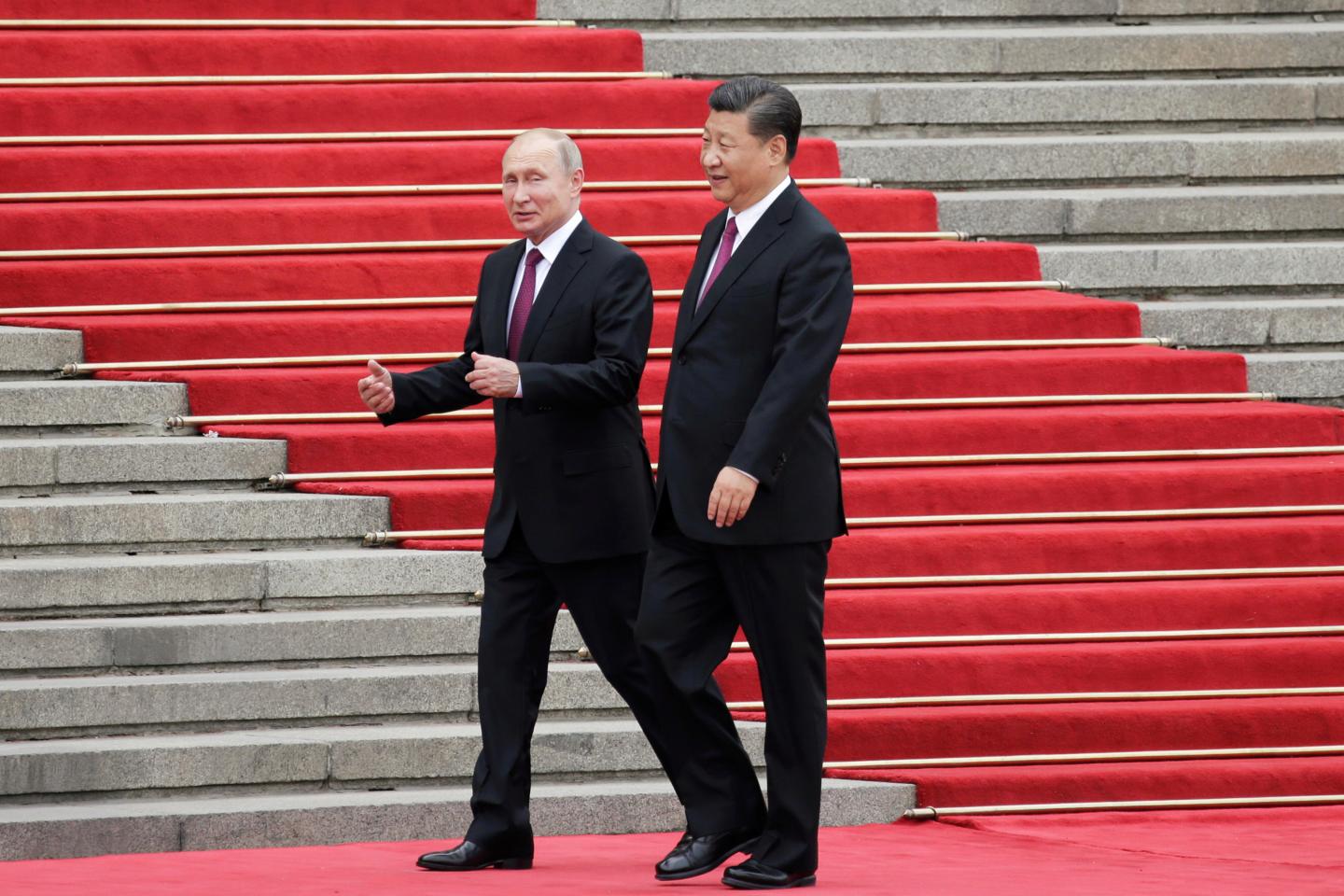The writing has long been on the wall. Ever since the ill-conceived US sanction policy against Russia has literally driven Moscow into Beijing’s bosom, as in a geopolitical quagmire of sorts for Washington, relations between the two other superpowers have inevitably flourished. Trade has since multiplied, technology and resource cooperation accelerated, and military alignment deepened. The participation of the Chinese army in the Russian Vostok-2018 for the first time was a significant case in point.
As this space has picked up in a South China Morning Post
article of last week, there has been another exercise of a similar kind. Russia’s and China’s airforces engaged in what they have openly been calling their first-ever joint air patrol across the Sea of Japan, deploying strategic bombers that are capable of carrying stealth and other cruise missiles. The subsequent statement bluntly emphasised that the joint flights were designed to raise the level of interaction between both countries’ armed forces.
Kissinger’s warning words not to confront the one without pacifying the other, reiterated many times over in the past 50 years, have steadily trailed off since the Trump administration took over the White House. Rather imperceptibly, the regional alignments in the region here have been and are transforming. Beijing and Moscow have prudently denied any form of a military alliance, but the chemistry of their relationship is undergoing a massive transformation.
Now, why would this exercise have been done at this point, and right there? On a closer look, there seems to be a number of reasons. One, it is obviously posturing of power in the face of America that is formally allied with South Korea and Japan. Despite Beijing’s Defence Department’s claim that the flights were merely for the purpose of potentially defending Chinese and Russia interests and not directed at a third state, Tokyo and Seoul are directly impacted, as they claim this territory to be under their supervision.
The interesting aspect here is that the flights particularly occurred over islands disputed by South Korea and Japan, and neither China nor Russia has been part of that dispute. Against this background, the action appears quite assertive as in mirroring how Washington independently navigates within the South China Sea or the Strait of Hormuz. Also, it provoked a stand-off between the Koreans and Japanese as in how to respond. It was certainly some icing on the cake of their brewing trade spat.
The Americans were basically left idly standing by. John Bolton happened to be touring Japan and South Korea the day before the incident, in what may not be a coincidence. All he could give away was a plea for both countries to cooperate in addressing such a perceived threat. Well, this is easier said than done, knowing that either lay a claim on the islands in question and no soothing words from Bolton will do away with the wedge the operation has driven between Tokyo and Seoul.
It should certainly raise an eyebrow in Washington. Russia and China are flexing muscles by way of an alignment that five years ago would have been inconceivable and is certainly undesirable for the West. I wonder what the deep state geopolitical strategists instigating the sanction regime against Moscow must be thinking now. Aren’t they shooting themselves in the foot? They had better listened to the wise words of the elder statesman mentioned above.
Winning in today’s world is different from making yourself feel better while you are losing. Such a scenario is likely to be applicable to America, at least in Asia and also on the entire Eurasian plate. Manoeuvres like the Russian and Chinese duo’s may only be the start of much more of their pivoting in this particular region. It will be of crucial importance to them, as it connects China to the so-called Northern Sea Route, the shipping lane connecting the Atlantic and Pacific Oceans along the Russian northern coast.
